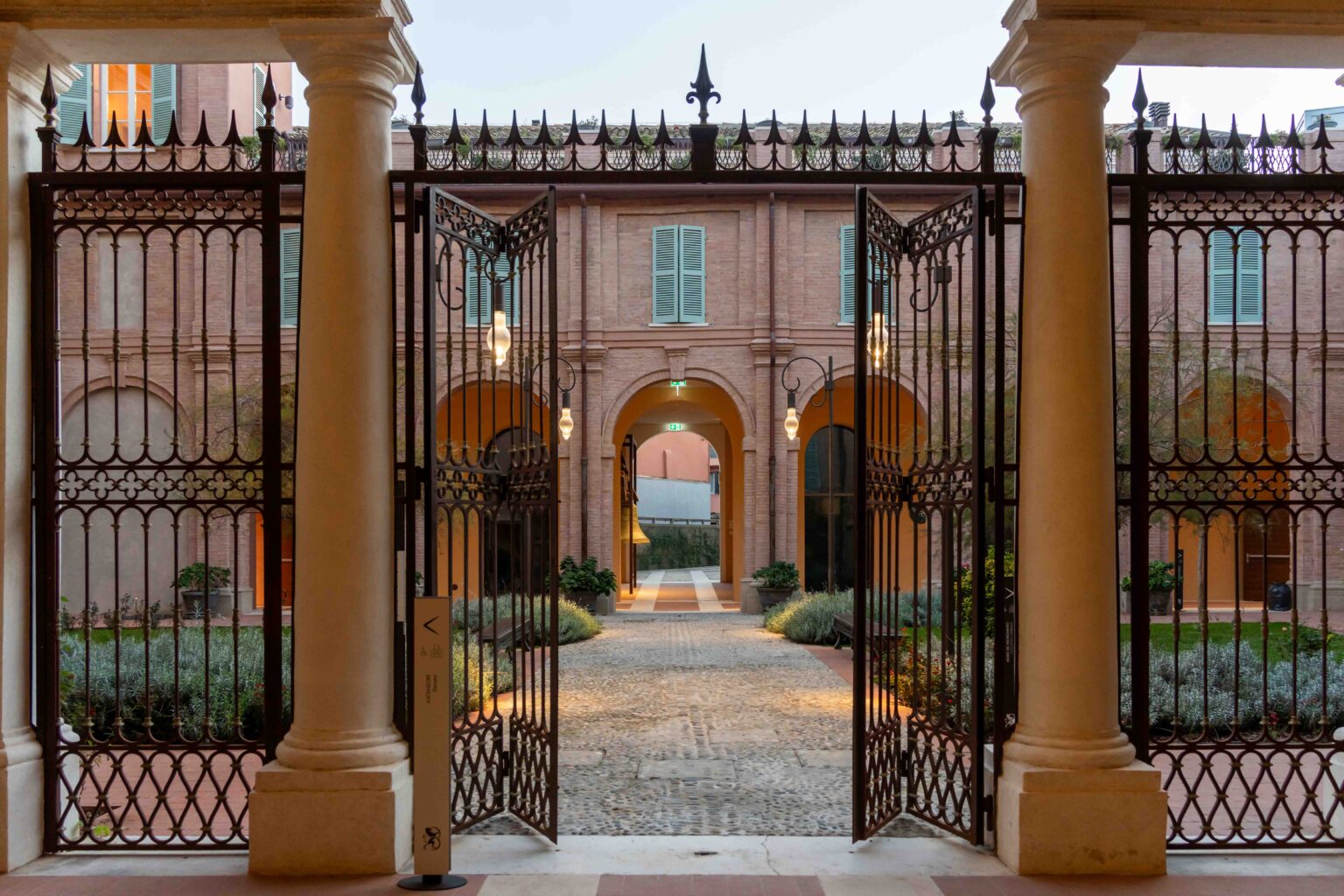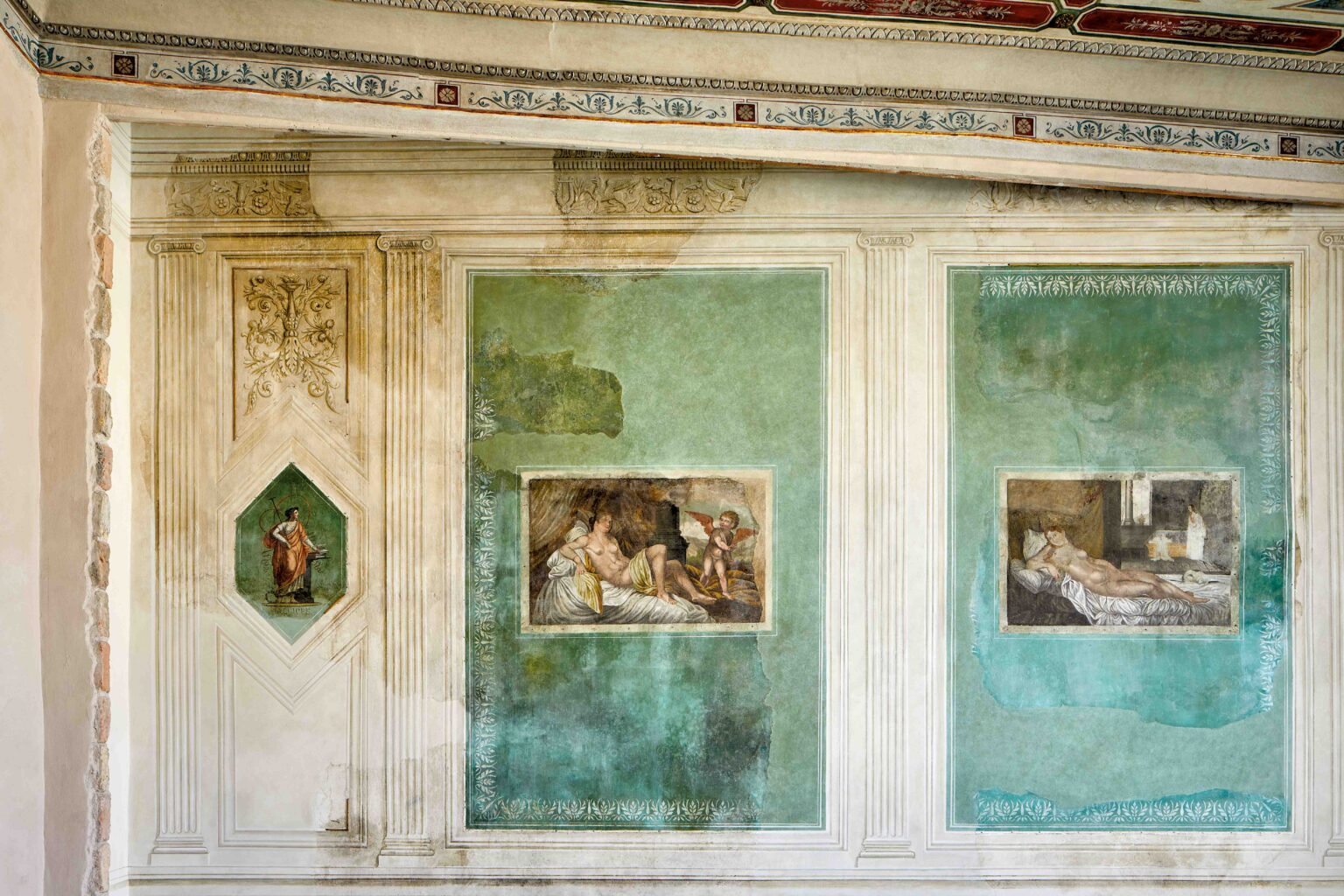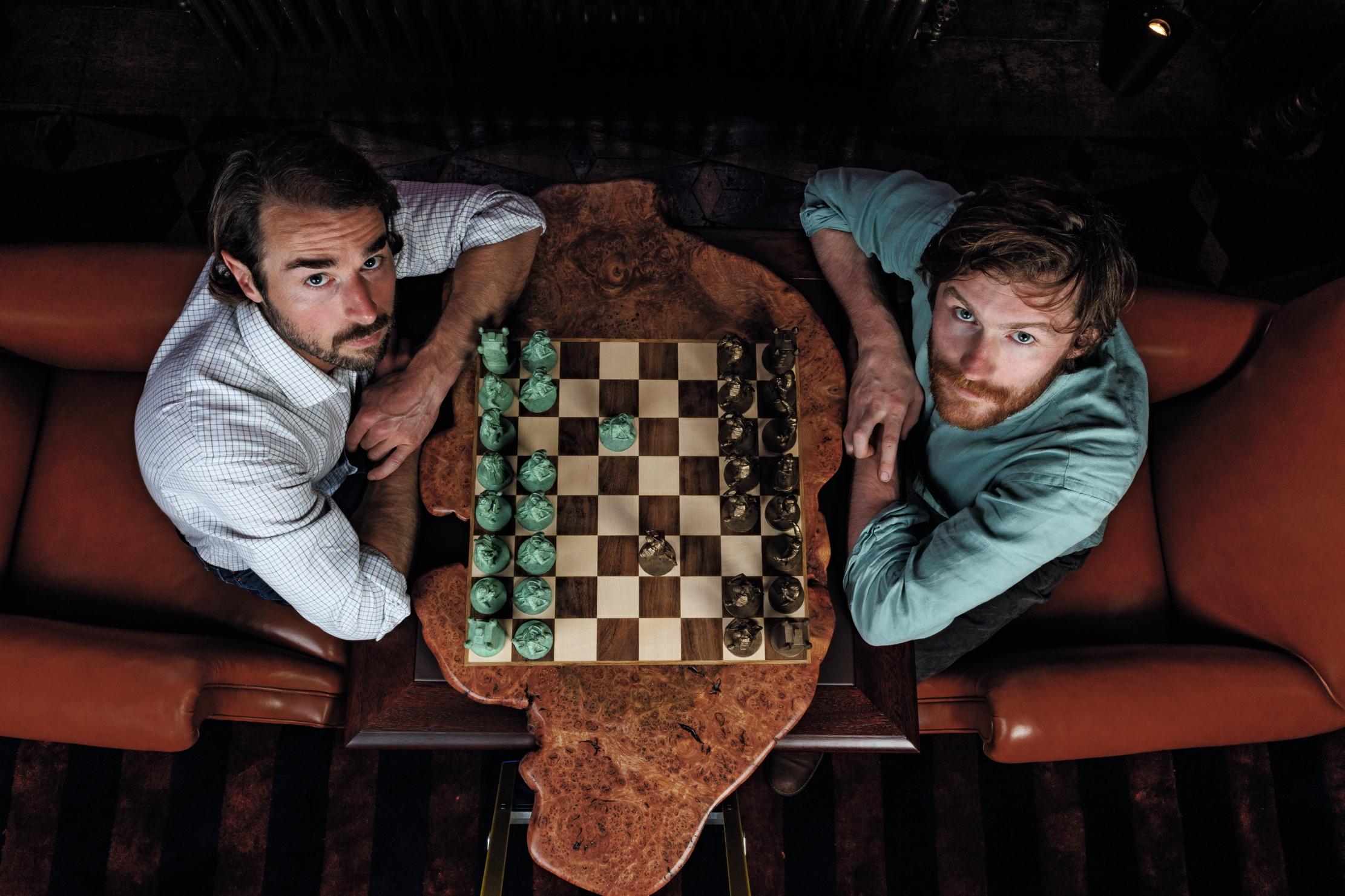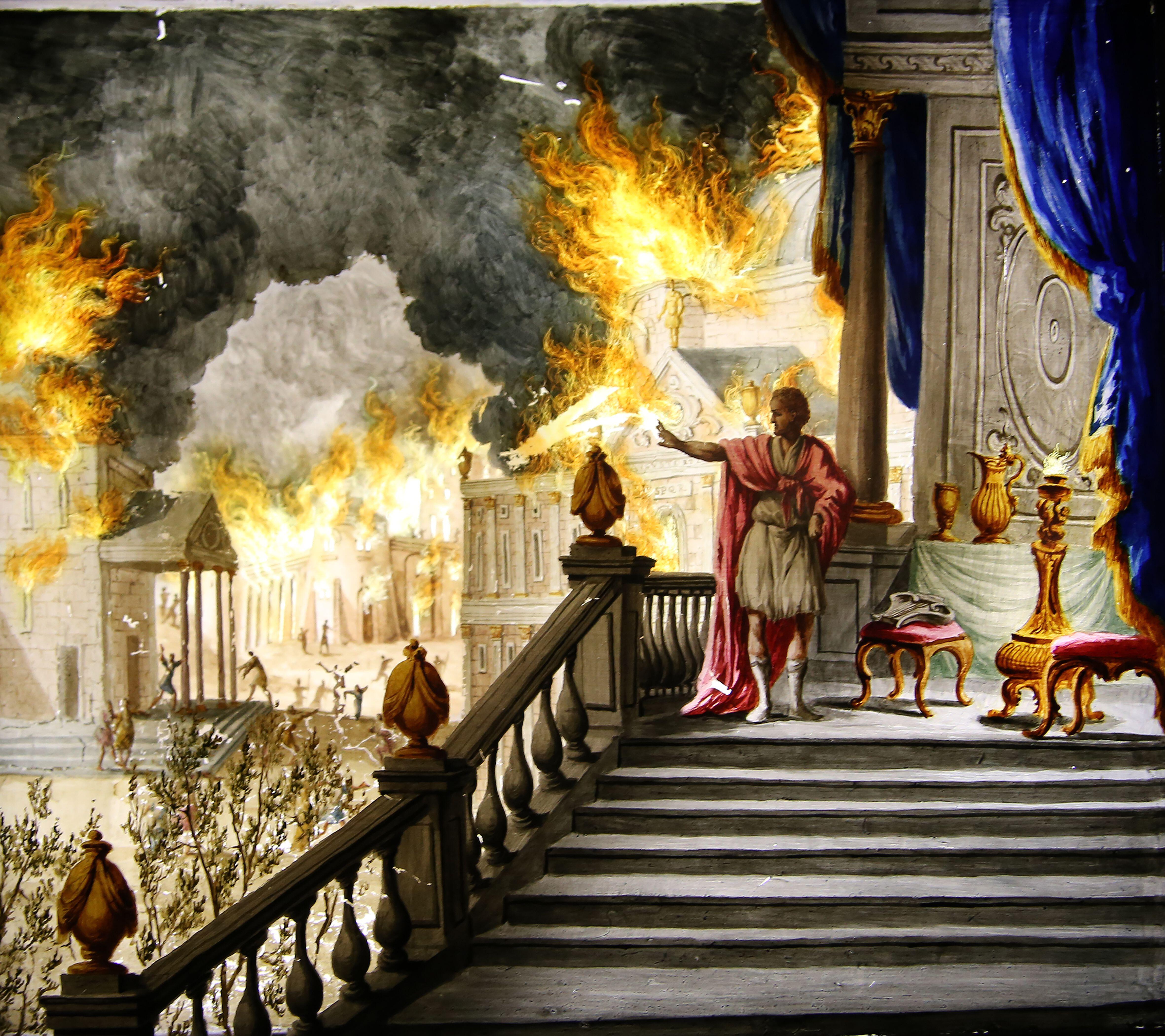The Ravenna Palazzo where Byron lived and loved is now a museum dedicated to his memory — and it's just been toured by Queen Camilla
On a Royal State Visit that coincided with her wedding anniversary to His Majesty King, the Queen found a moment to tour a newly reopened museum devoted to the Romantic poet.


If love were a country it would be Italy; if it were a poet, it would be Byron. Thus it is fitting that, on a Royal State Visit that coincided with her wedding anniversary to His Majesty King, the Queen — between a light-hearted state dinner with President Sergio Mattarella in Rome and a homage to Dante Alighieri’s tomb in Ravenna — found a moment to tour a newly reopened museum devoted to the Romantic poet.
Ravenna is perhaps best known for its Byzantine mosaics — indeed, the King headed to the Basilica of San Vitale and the golden splendour of the tiles that form the portraits of Emperor Justinian and his wife, Theodora — but it wasn’t art that brought Byron to the city: it was a love story to rival Shakespeare’s best.

Byron's Studio in the Ravenna Palazzo.
In spring 1819, at a party in Venice, the poet had met the young and beautiful countess Teresa Guiccioli and had fallen for her and she — married to a man more than 40 years her senior — for him. When she returned home to Ravenna, Byron followed, taking lodgings at the Guicciolis’ 17th-century palazzo (and bringing along his menagerie that included, according to accounts by Percy Bysshe Shelley, three monkeys, five cats, an eagle, a crow and a falcon).
Over time, perhaps, the poet might have tired of his mistress — he did once confess to being ‘worn out in feelings’ — but another kind of passion spelled the end of their relationship: revolution. Byron had thrown his lot with the Risorgimento movement, which sought to rid Italy of the foreign yoke and forge it into an independent country; so had Teresa’s father and brother, Ruggiero and Pietro Gamba. When the Gambas were banished from Ravenna, Teresa and Byron left the city in their wake. Eventually, Ruggiero was allowed back home, on condition that his daughter return to her powerful husband. Still determined to fight against oppression, Byron and Teresa’s brother, Pietro, left for Greece, which was then rebelling against Ottoman rule. There, at Missolonghi, the poet died on April 19, 1824. A distraught Teresa would go on to write My Recollections of Lord Byron.
The building where they had once lived and loved, Palazzo Guiccioli, now owned by a local bank and reopened to the public late in 2024 after a lengthy restoration, houses, together with the Italian headquarters of the Byron Society, two museums; one devoted to the poet and the other to the Risorgimento cause he had espoused. The latter features weapons and uniforms, medals and posters, as well as multimedia displays bringing to life the years that made Italy into a country.
‘But I have lived, and have not lived in vain: My mind may lose its force, my blood its fire, And my frame perish even in conquering pain; But there is that within me which shall tire Torture and Time, and breathe when I expire.
The Byron rooms include manuscripts, rare books, rings, sculptures and Guiccioli’s private mementos of him, including locks of his hair and even fragments of his skin. Nonetheless, the museum traces not only Byron’s stay in Ravenna and his torrid love story, but also how he shaped his life to fit his ideals.
Exquisite houses, the beauty of Nature, and how to get the most from your life, straight to your inbox.
Carla must be the only Italian that finds the English weather more congenial than her native country’s sunshine. An antique herself, she became Country Life’s Arts & Antiques editor in 2023 having previously covered, as a freelance journalist, heritage, conservation, history and property stories, for which she won a couple of awards. Her musical taste has never evolved past Puccini and she spends most of her time immersed in any century before the 20th.
-
 Sweet civilisation: What do you get when you ask architects to compete in a gingerbread competition?
Sweet civilisation: What do you get when you ask architects to compete in a gingerbread competition?The Gingerbread City is back in London’s Kings Cross. Lotte Brundle pays it a visit.
-
 Sophia Money-Coutts: A snob's guide to meeting your in-laws for the first time
Sophia Money-Coutts: A snob's guide to meeting your in-laws for the first timeThere's little more daunting than meeting your (future) in-laws for the first time. Here's how to make the right kind of impression.
-
 Sophia Money-Coutts: A snob's guide to meeting your in-laws for the first time
Sophia Money-Coutts: A snob's guide to meeting your in-laws for the first timeThere's little more daunting than meeting your (future) in-laws for the first time. Here's how to make the right kind of impression.
-
 If chess is 'the supreme board game', then it deserves to be played on boards like these
If chess is 'the supreme board game', then it deserves to be played on boards like theseChess sets and backgammon boards are a familiar sight on drawing-room tables, but one expert Highland woodworker is refashioning their forms in beautiful new ways.
-
 What is everyone talking about this week: Thanks to modern-day technology, people were far happier in the days when Nero was setting Rome ablaze
What is everyone talking about this week: Thanks to modern-day technology, people were far happier in the days when Nero was setting Rome ablazeWas the ancient world's superior happiness down to its ‘superior production of art’?
-
 ‘I cannot bring myself to believe that Emily Brontë would be turning over in her grave at the idea of Jacob Elordi tightening breathless Barbie’s corset’: In defence of radical adaptations
‘I cannot bring myself to believe that Emily Brontë would be turning over in her grave at the idea of Jacob Elordi tightening breathless Barbie’s corset’: In defence of radical adaptationsA trailer for the upcoming adaptation of 'Wuthering Heights' has left half of Britain clutching their pearls. What's the fuss, questions Laura Kay, who argues in defence of radical adaptations of classic literature.
-
 Mark Gatiss: ‘BBC Two turned down The League of Gentlemen six times’
Mark Gatiss: ‘BBC Two turned down The League of Gentlemen six times’The actor and writer tells Lotte Brundle about his latest Christmas ghost story, discovering Benedict Cumberbatch — and his consuming passions.
-
 A snob's guide: What to buy your dinner party host
A snob's guide: What to buy your dinner party hostYou've just been invited to dinner — or to stay for the whole weekend — but what do you give to your host to say thank you?
-
 Jane Austen's greatest scoundrel: Being Mr Wickham, with Adrian Lukis
Jane Austen's greatest scoundrel: Being Mr Wickham, with Adrian LukisThe actor Adrian Lukis, who played the role of Mr Wickham in the iconic 1995 BBC adaptation of Pride and Prejudice, joins the Country Life Podcast.
-
 How a floating salad farm fuelled two record-breaking rowers across the Pacific Ocean
How a floating salad farm fuelled two record-breaking rowers across the Pacific OceanMiriam Payne and Jess Rowe grew cabbages and radishes on their small boat while rowing more than 8000 miles from Peru to Australia.
